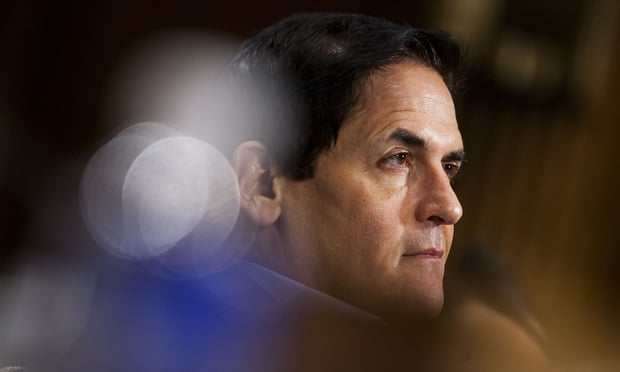 "We actually are on the precipice of an enormous settlement with implications for the entire market," says Elizabeth Mitchell, president and CEO of the Purchaser Business Group on Health.
"We actually are on the precipice of an enormous settlement with implications for the entire market," says Elizabeth Mitchell, president and CEO of the Purchaser Business Group on Health.
Although Sutter Health, one of California's largest hospital systems, reached an agreement to settle a landmark class-action lawsuit more than a year ago, its effects continue to be felt in the industry.
"This is a complex issue that has been going on for a very long time across the country, but it really starts to raise questions about how these pricing practices continue to occur and what can be done about them," said Elizabeth Mitchell, president and CEO of the Purchaser Business Group on Health. "It has really gotten the attention of policymakers and other employers around the country. It's an opportunity to seize the momentum of the visibility of this case to extend some of the benefits."
Recommended For You
Mitchell shared her insights during a February 18 webinar sponsored by the National Alliance of Healthcare Purchaser Coalitions.
The antitrust lawsuit against Sutter Health, which operates 24 hospitals with 5,500 doctors across Northern California, was first brought by employers and unions in 2014 and later joined by California's attorney general, Xavier Becerra, who filed a similar lawsuit after a six-year investigation. President Biden selected Becerra to lead the U.S. Department of Health and Human Services, although he has not yet been confirmed by the Senate.
"One of the key takeaways is how well Sutter was doing financially through its pricing," Mitchell said. "They had a 43% margin annually over the last decade. We know that all hospital profits come from commercially insured patients, so employers are paying all of that. They essentially charged commercially insured patients about $1.5 billion annually. It's really important to keep in mind that these charges are coming out of wages, job growth and investment in infrastructure and the core business. This is what's at stake."
The Sutter case is not an isolated event, she said.
"This is not unique to Northern California," Mitchell said. "What is unique and what is so important is that we actually are on the precipice of an enormous settlement with implications for the entire market. Sutter will pay back $575 million to the employers and unions who were part of the case. That represents a negotiated amount that they agree was overcharged. Even more significant are the terms of the injunctive relief going forward. We think this will have more of an impact on the market, assuming it is approved."
The settlement, which has not received final approval, includes the following injunctive relief:
- Limit charges for out-of-network services under a fixed cap.
- Increase transparency through access to pricing, quality and cost information.
- Stop contracting tactics that prevent health plans and employers from steering members to lower-cost plans.
- Stop all-or-nothing contracting deals.
- Cease anticompetitive bundling of services and products.
- Set definitions on clinical integration and patient access.
"These are really significant new rules of the road for health systems that will be coming out of the injunctive relief for Sutter but that we believe are absolutely transferrable nationally," she said. "Even if these rules are in place, it's going to take employers enforcing these terms to make them meaningful. It requires employer oversight and engagement to really leverage these new rules."
She hopes the lessons learned from working on this case for the past decade can be applied in the future.
"We know that this type of anti-competitive practice is happening in every market," Mitchell said. "We can take what we learned over 10 years of working on this case and hopefully move something more quickly by looking at individual markets, understanding their data and dynamics, and really leveraging the case by introducing more competitive practices."
Financial pressures brought on by the pandemic may have created an opportunity to push for significant change.
"There was an 11-year bull run, and the health-care system could have made itself more efficient during that time," she said. "But here we are, and I think there is going to be demand for greater accountability, because we can't just keep wasting the same amount of money that we tolerated in the past. Yes, we understand that it is difficult to make benefit changes, but it's on us to make sure that the money that could be going to wages and job growth and innovation is going there and not elsewhere.
"The time is now because families are under enormous economic pressure. We need to collectively act on their behalf. Together, we have momentum, we have the knowledge and it's time."
© 2025 ALM Global, LLC, All Rights Reserved. Request academic re-use from www.copyright.com. All other uses, submit a request to [email protected]. For more information visit Asset & Logo Licensing.








